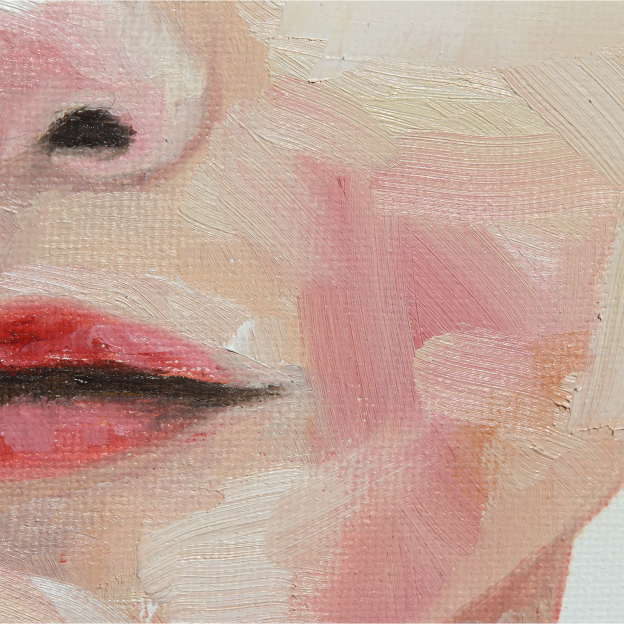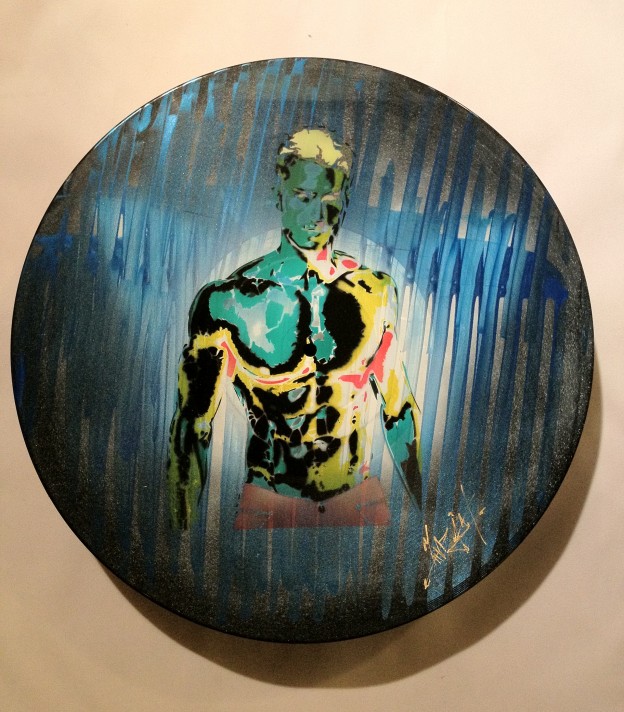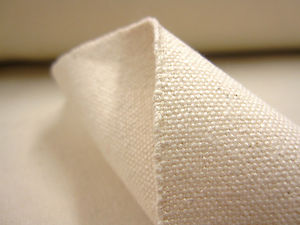Tag: Painting portraits
-

How to paint portraits – Free Tips and Tricks for How to paint
Learning to paint portraits is awesome! There are many different ways to paint portraits and no wrong way. It’s art so it’s your interpretation of a person, dog or other pet. Although there are no definitive rules many would say there are some good guidelines you should consider before trying to paint a portrait. Here […]
-

Art Composition Rules
By Marion Boddy-Evans Art composition rules provide a starting point for deciding on a composition for a painting, for deciding where to put things. The Rule of Thirds is the easiest art composition rule to follow in a painting. It’s a basic rule popular among photographers, but equally applicable to the composition of paintings. Applying the rule of […]
-

How to Write an Artist’s Statement
An artist’s statement is a short piece written by the artist to accompany a particular painting or group of paintings. An artist’s statement shouldn’t be dismissed as insignificant or dashed out in a hurry as it’s a vital selling tool, promoting and explaining your work to people looking at your paintings, whether they’re potential buyers, […]
-

How to Sign a Painting
Adding your signature to a painting is like adding a stamp to it that reads “finished”. It’s a sign that you’re satisfied with the painting and no longer consider it a work in progress. Is It Really Necessary to Sign a Painting? It’s not a legal requirement, but if you don’t add your name to […]
-

Juried Art Shows
On occasion I am asked to help jury an art exhibit. These requests are never answered right away. This is a great responsibility, of course not life and death, but responsibility nevertheless. Always I am an artist and as such experience the anticipation and often the disappointment when the juror’s results come back. How long […]
-

How to Create a Body of Work and a Distinctive Style as an Artist
If you’re looking to get gallery representation, or to sell your art in some other, more innovative way, we have to assume that you already have a body of work that consists of at least 20 or 30 works in a style, medium, colors, and subject matter that distinguish you from every other artist in some way. […]
-

How to Create a Body of Work and a Distinctive Style as an Artist
If you’re looking to get gallery representation, or to sell your art in some other, more innovative way, we have to assume that you already have a body of work that consists of at least 20 or 30 works in a style, medium, colors, and subject matter that distinguish you from every other artist in some way. […]
-

How to Test if a Paint Color is Opaque or Transparent
Different pigments have different covering properties. Some are extremely transparent, barely showing on top of another color. Others are extremely opaque, hiding what’s beneath. Considering this, and not just what the color is, can enhance a subject. For example, using a transparent blue in a sky gives a greater feeling of airiness than an opaque blue will. […]
-

Color Theory Lesson: Using Black and White
While it may seem logical that to lighten a color you add white to it and that to darken it you add black, this is an oversimplification. White reduces brightness so although it makes a color lighter, it removes its vibrancy. Black doesn’t so much add darkness as create murkiness (though there are instances in […]
-

What You Need to Know Painting Canvas
The term canvas serves as a generic term for any fabric that’s used as a support for painting. The fabric can be cotton duck (the most common), linen (a more expensive choice regarded as superior), or a synthetic fiber (uncommon). Find out more about what your choices are when it comes to canvas for painting. Cotton duck […]